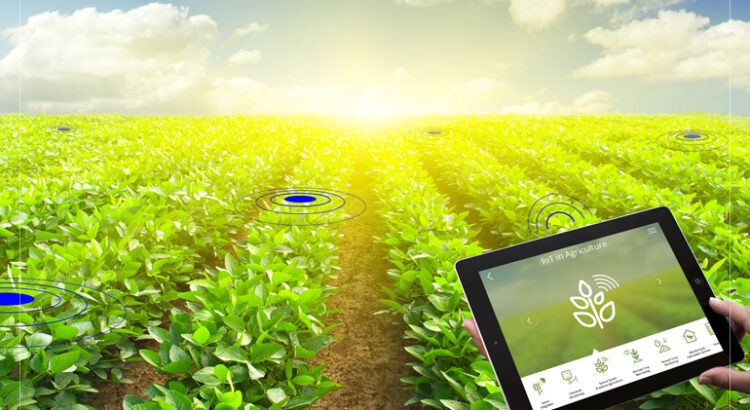Should the hoe go to the museum? What about an ox-drawn plough? Environmentalists would argue against such perspectives because most technologies that replace these tools somehow contribute to environmental damage. However, a farmer engaged in intensive farming would vehemently argue for the dumping of the hoe and other traditional tools used in agriculture.
Digital technologies have revolutionised the agriculture sector across the globe. Farmers are continuously experimenting with digital technologies to ensure farming with precision. Modern technologies which range from Unmanned Aerial Vehicles (drones) to sensors, machine learning, Global Positioning Systems (GPS) and Remote Sensing and Artificial Intelligence systems have enhanced what is described as “smart agriculture”.
Digital denial – a general lack of digital buy in by senior management in agriculture can be a serious impediment to the adoption of digital technologies in the agriculture sector, especially in Zimbabwe where the cost of investment in digital infrastructure may frustrate the efforts by organisations to transform. However, a number of tech-based startups have emerged in recent years to fill the digital gap. What used to be the technology of the Global North has made its way into the local agriculture sector.
Some local companies have made substantial efforts to provide tech-based solutions to a myriad challenges facing intensive commercial farming in the country. They provide a range of services for a fee. Outsourcing their services can be a cost-effective strategy for farmers in need of specialist services for precision farming.
Agrilytics Zimbabwe for instance use artificial intelligence, machine learning, computer vision and high-performance computing to process high resolution drone aerial imagery of fields. This is done to deduce various insights in relation to crop health and performance. The information obtained – delivered in the form of a report – gives farmers an edge in their agronomic decision-making process.
Variable rate fertilizer and chemical application allows farmers to apply different rates of fertilizers and chemicals at each location across the field, which helps farmers to optimize their crop production. Interestingly, the Variable Rate Applications can be uploaded to a spraying drone, enabling the device to autonomously apply the right amount of chemicals at the right place.
Kurima Mari, a mobile application available on Play Store has been designed to provide smallholder farmers with market information, video tutorials, podcasts and a library of literature. Through the application, a smart phone has become the farmers’ data bank, providing valuable information that can guide farmers in the production and marketing of agricultural products. The application has been promoted by Welthungerlife Zimbabwe, a Germany development agency.
Agricair Zimbabwe is the only company that provides aerial spraying services for commercial farmers in Zimbabwe. Having been in the industry since 1965, it is beyond reasonable doubt that the company has vast experience in the business. Aerial spraying services together with the use of drones with sensors allow for Variable Rate Application.
Meanwhile, the government of Zimbabwe, through the National Development Strategy 1 (2021-2025) has committed to promoting agricultural mechanization, farm structures and irrigation technologies.
This will be achieved through upscaling and modernising agriculture, including ICT-based advisory services; automation of mechanisation and irrigation, and precision farming such as drip irrigation, fertigation and smart greenhouses and use of satellite technology, and use of satellite technology to provide real-time information to farmers.
[ssba-buttons]